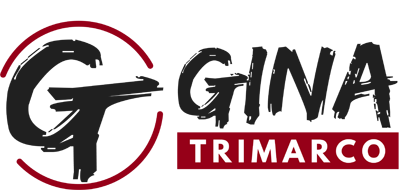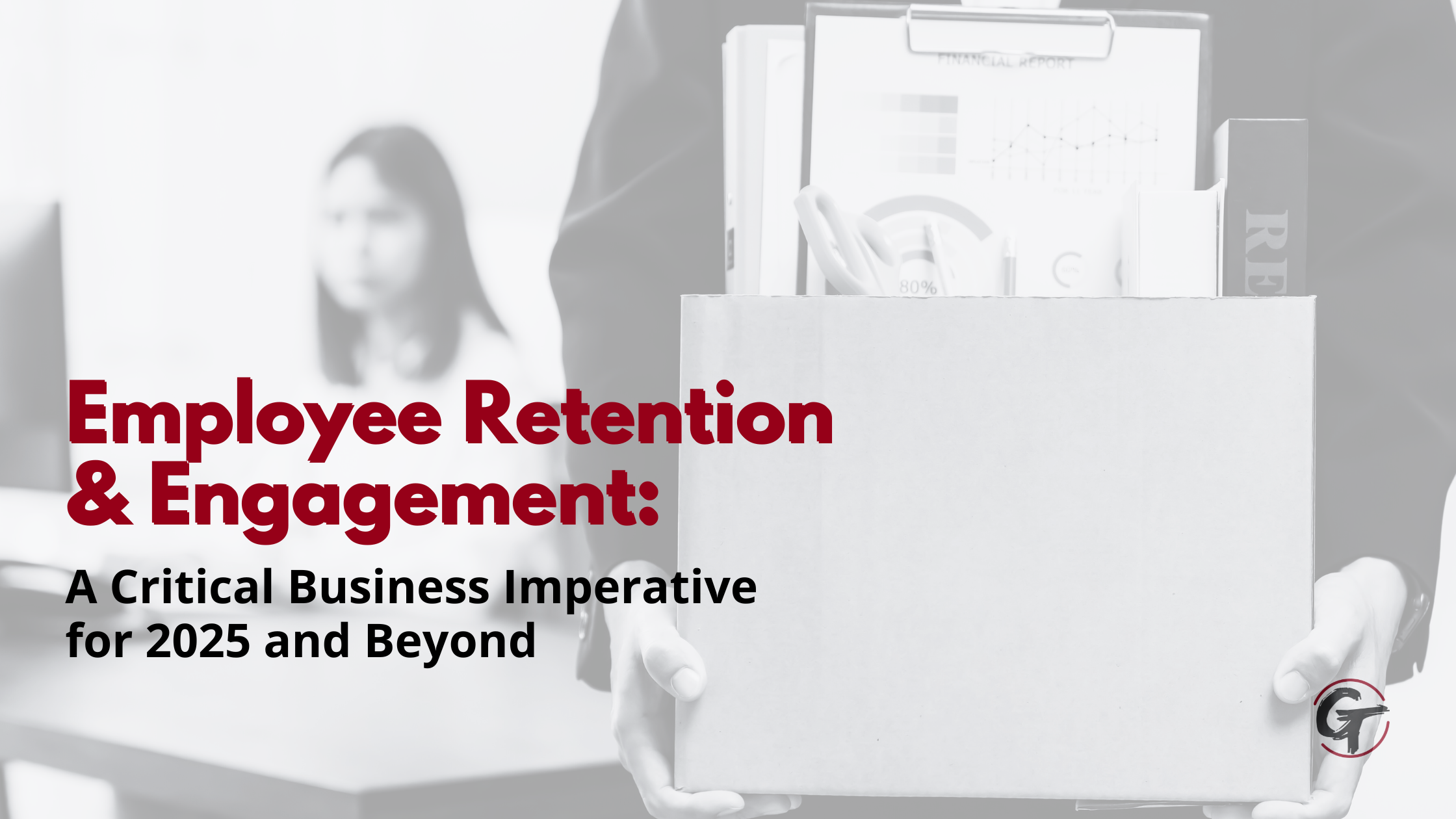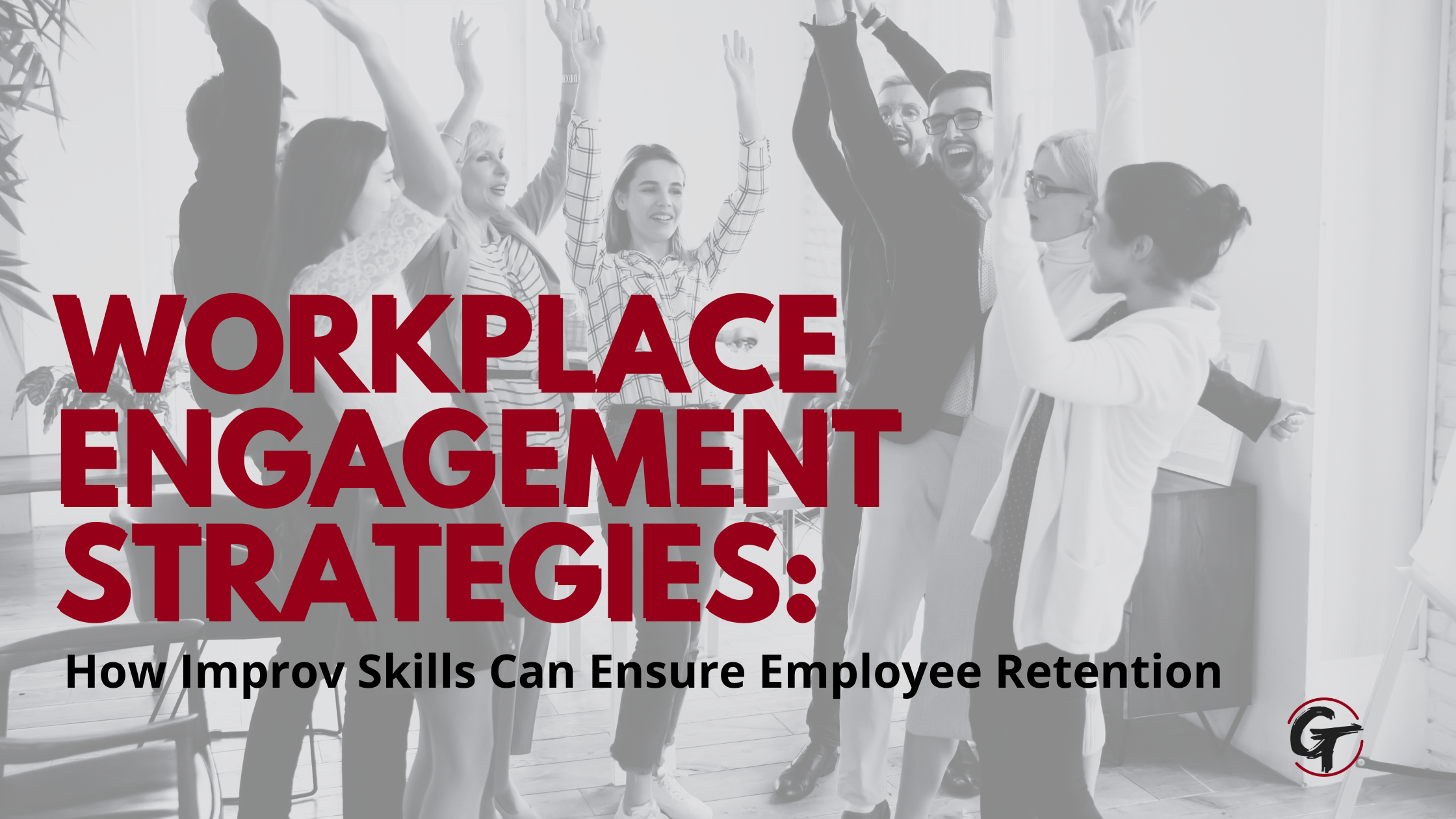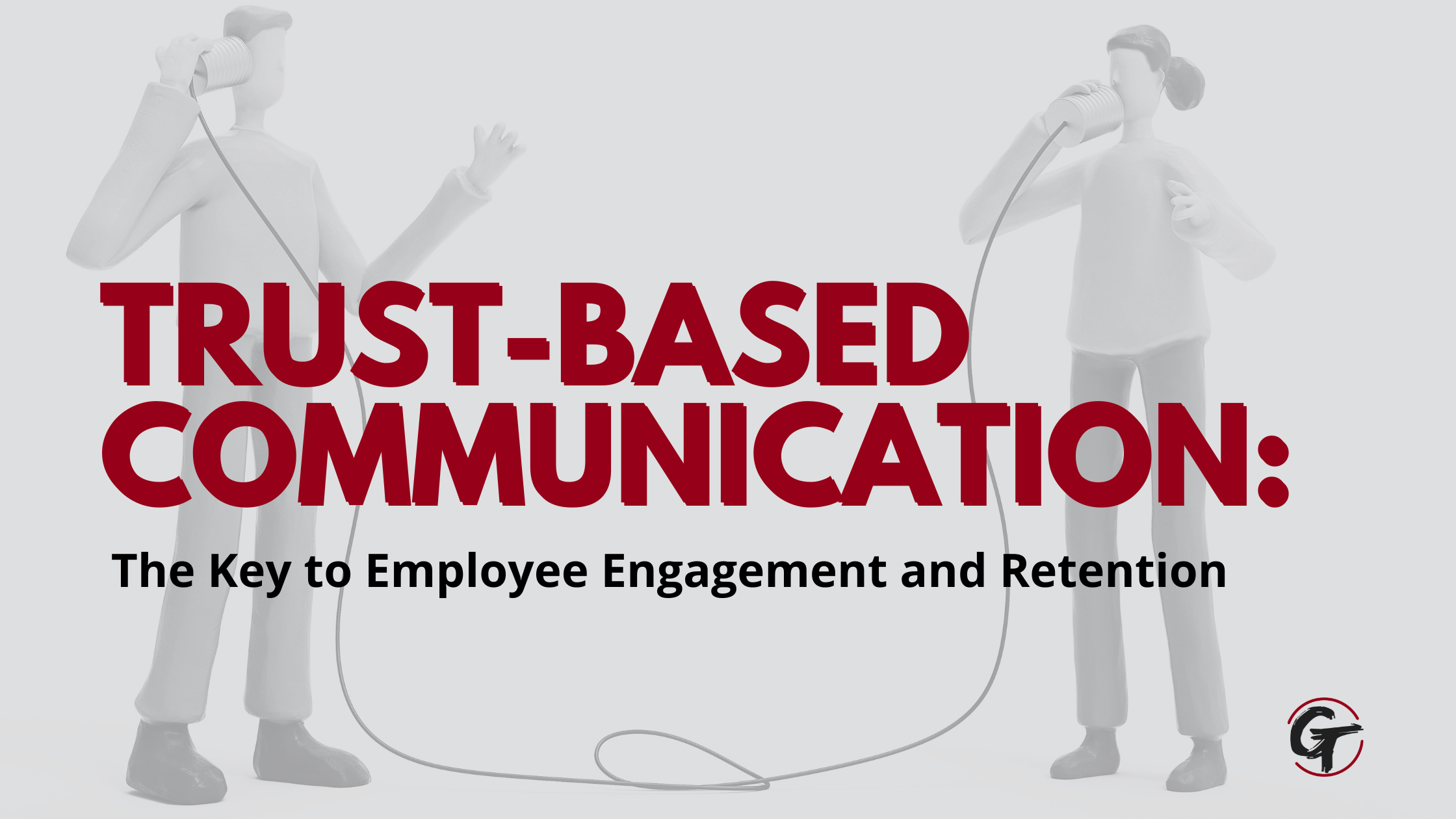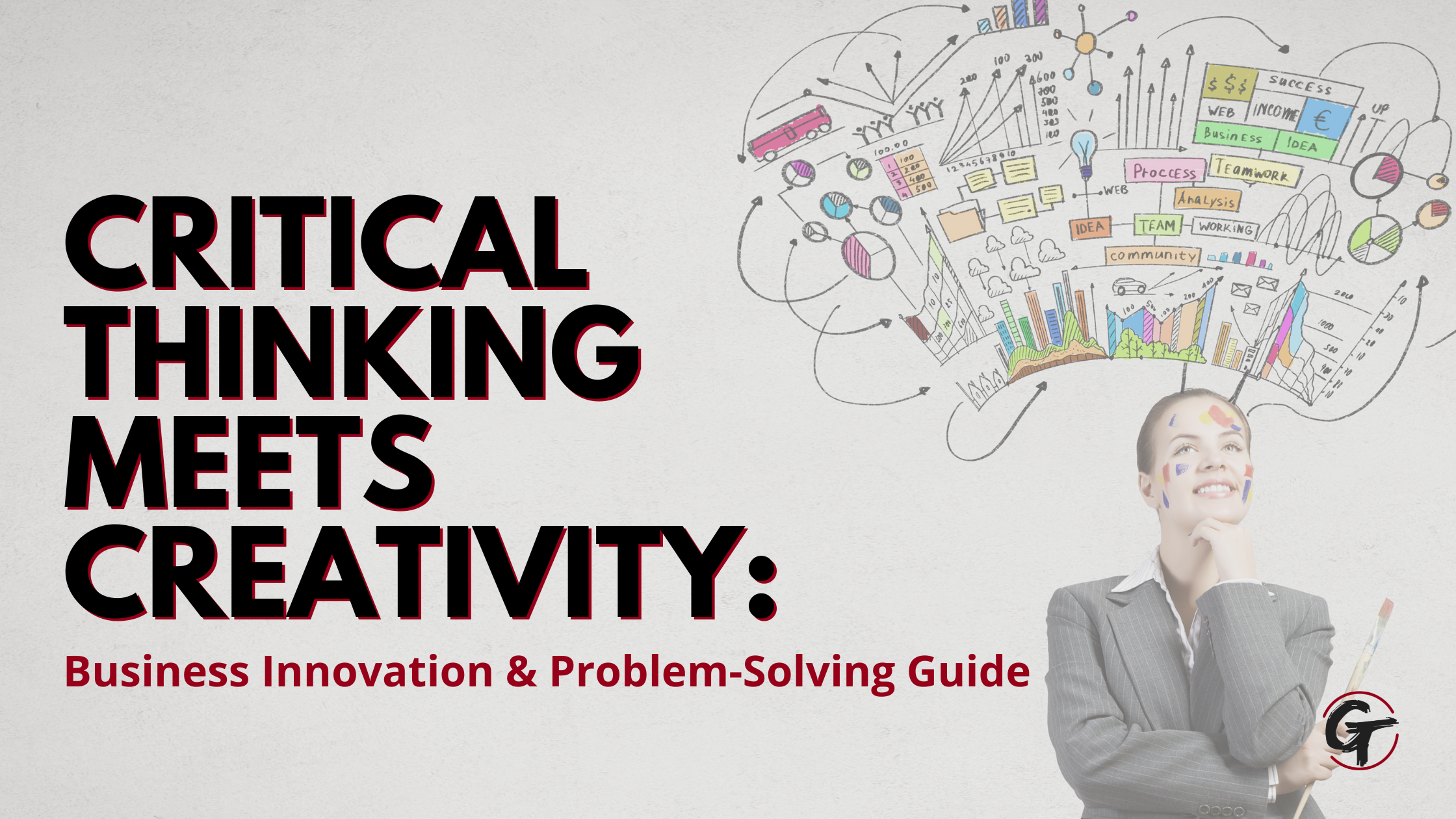As organizations navigate an increasingly complex workplace landscape, employee engagement has emerged as a defining challenge. Recent data from Chief Executive Group reveals that 60% of CEOs considered retaining and engaging employees their top priority for 2024, up from 57% two years ago¹. This heightened focus comes at a crucial time, with only 30% of U.S. employees actively engaged² – the lowest percentage in over a decade.
Understanding Employee Engagement
Definition and Core Components
Employee engagement goes far beyond basic job satisfaction. It represents the level of enthusiasm, dedication, and emotional connection employees feel toward their work and organization. Truly engaged employees demonstrate:
- Passionate and energetic approach to work
- Psychological investment in company goals
- Positive attitudes that drive business outcomes
- Willingness to exceed basic job requirements
- Active contribution to organizational success
Current State of Engagement
The workplace engagement landscape presents several pressing challenges:
- Only 25% of U.S. workers report being very satisfied with their jobs²
- 33% of U.S. hiring managers anticipate increased turnover in 2024²
- 41% of CEOs express major concerns about retention and engagement²
- 40% identify recruitment as a top challenge²
The Business Case for Employee Engagement
Financial Impact with Industry Examples
The business implications of engagement are compelling across sectors:
Technology Sector
- Microsoft reported that teams with high engagement scores showed 25% lower turnover rates and delivered projects 33% faster
- Salesforce achieved 20% higher customer satisfaction scores through enhanced employee engagement initiatives
- IBM reduced hiring costs by $300 million annually through improved retention programs
Manufacturing
- Toyota decreased production errors by 35% through engaged workforce initiatives
- General Electric saved $150 million in turnover costs after implementing new engagement strategies
- 3M achieved 22% higher productivity in facilities with top-quartile engagement scores
Healthcare
- Cleveland Clinic reduced patient complaints by 30% after implementing staff engagement programs
- Mayo Clinic decreased nurse turnover by 40% through targeted engagement initiatives
- Kaiser Permanente saved $20 million annually through reduced turnover in engaged units
Retail
- Starbucks stores with highly engaged employees show 25% higher profit margins
- Best Buy found that stores with higher engagement scores had 5% higher customer satisfaction
- Target reduced training costs by $2 million through improved retention from engagement initiatives
Overall Financial Impact
- Engaged employees are up to 18% more productive
- Companies see up to 21% higher profitability and 2x higher net income
- Organizations report a 51% drop in turnover rates
- Replacing an employee costs 1.5 to 2 times their salary
- Disengaged employees cost U.S. companies $450-550 billion annually
- Each disengaged employee costs approximately $3,400 per $10,000 in salary
Broader Benefits
Organizations with highly engaged employees experience:
- Enhanced Customer Experience: Better service driving higher satisfaction
- Operational Efficiency: Optimized resource use and reduced waste
- Innovation: Increased creativity and adaptability
- Quality: Superior work product and reduced errors
- Culture: Stronger organizational values and cohesion
- Well-being: Better mental health and reduced burnout
Key Trends Shaping Employee Engagement Through 2025
1. Evolution of Work Models
Technology Industry Examples
- Google implemented “hybrid work weeks” with 3 days in-office, resulting in 89% employee satisfaction
- Twitter adopted “work from anywhere” policies, reducing turnover by 35%
- Adobe created “flex desk” systems, saving 30% on office costs while maintaining productivity
Financial Services Examples
- Capital One implemented “work your way” programs, increasing retention by 25%
- American Express developed hybrid scheduling tools, improving work-life balance scores by 40%
- JPMorgan Chase created neighborhood hub offices, reducing commute times by 45%
General Trends:
- 58% of employees report stronger commitment when working remotely¹
- 44% would seek new employment if required to return to full-time office work¹
- Organizations are adapting to hybrid and flexible arrangements
- Workplace flexibility is becoming a key differentiator
2. Technology-Driven Engagement
Healthcare Examples
- Cleveland Clinic implemented AI-powered scheduling, reducing staff burnout by 28%
- UnitedHealth Group used predictive analytics to reduce turnover by 15%
- Kaiser Permanente deployed virtual collaboration tools, improving team satisfaction by 35%
Manufacturing Examples
- Boeing uses VR training programs, reducing training time by 75%
- Siemens implemented digital twins for employee training, improving efficiency by 45%
- Ford deployed AI-powered skills matching, increasing internal mobility by 30%
Technology Trends:
- AI-driven internal talent marketplaces will predict and develop future skill needs²
- Human Capital Management (HCM) suites will enhance collaboration⁴
- Digital platforms will facilitate seamless hybrid experiences
- Advanced analytics will provide deeper engagement insights
3. Comprehensive Well-being Programs
Tech Industry Examples
- LinkedIn introduced “InDay” (Investment Day) monthly, reducing stress levels by 25%
- Asana implemented “No-Meeting Wednesdays,” increasing productivity by 32%
- Hubspot created “Mental Health Toolkit,” reducing burnout by 40%
Retail Examples
- Walmart launched comprehensive wellness programs, reducing absenteeism by 20%
- Target implemented mental health support systems, improving retention by 15%
- Costco created work-life balance initiatives, increasing employee satisfaction by 28%
Well-being Trends:
- EY research shows higher engagement levels in organizations offering mental health benefits¹
- Companies are implementing integrated wellness programs including:
- Mental health counseling
- Stress management resources
- Work-life balance initiatives
- Wellness education and support
4. Advanced DE&I Initiatives
- Creating truly inclusive environments
- Making DE&I central to workplace culture
- Measuring and improving inclusion metrics
- Focusing on authentic representation
5. Employee Experience as a Service (EXaaS)
- Creating tangible results from sustainability commitments
- Implementing measurable DE&I outcomes
- Developing impact validation mechanisms²
- Establishing comprehensive feedback systems
Comprehensive Engagement Strategies
In today’s rapidly evolving workplace, successful employee engagement requires a multi-faceted approach that addresses both immediate needs and long-term organizational goals. The following framework integrates proven approaches with emerging best practices, creating a foundation for sustainable engagement that drives measurable business outcomes. These interconnected strategies help organizations create an environment where engagement flourishes naturally and consistently, even amid workplace transformations and evolving employee expectations.
1. Leadership Development
- Enhance communication skills
- Foster empathy and active listening
- Promote authentic leadership
- Build inclusive environments
- Model core values and mission
2. Growth and Development
- Invest in training programs
- Create clear career paths
- Offer mentorship opportunities
- Support continuous learning
- Provide development resources
3. Communication and Feedback
- Implement transparent communication channels
- Establish regular feedback mechanisms
- Keep employees informed about decisions
- Encourage open dialogue
- Solicit and act on employee input
4. Recognition and Culture
- Celebrate employee contributions
- Build inclusive workplaces
- Align daily work with organizational values
- Foster positive team dynamics
- Recognize achievements meaningfully
5. Well-being and Support
- Offer flexible work arrangements
- Provide wellness programs
- Support mental health initiatives
- Foster work-life balance
- Create supportive environments
Implementation Framework for Success
Industry-Specific Success Stories
Technology Sector Implementation
- Atlassian created a points-based recognition system, increasing engagement by 45%
- Zoom implemented “happiness committees,” improving culture scores by 30%
- DocuSign developed micro-learning platforms, increasing skill development by 55%
Manufacturing Sector Implementation
- Tesla introduced gamified safety training, reducing incidents by 40%
- Caterpillar created mentor networks, improving knowledge transfer by 65%
- John Deere implemented digital suggestion systems, increasing innovation by 35%
Healthcare Sector Implementation
- Mayo Clinic developed unit-based councils, improving staff satisfaction by 40%
- Cleveland Clinic created caregiver celebration programs, reducing turnover by 25%
- Johns Hopkins implemented peer support networks, decreasing burnout by 35%
Financial Services Implementation
- Goldman Sachs created rotation programs, increasing retention by 30%
- Morgan Stanley implemented reverse mentoring, improving cross-generational collaboration by 45%
- BlackRock developed innovation labs, increasing employee-led improvements by 50%
Implementation Steps
Transforming engagement strategies from concepts into actionable results requires a systematic, well-planned approach. The following steps provide organizations with a practical roadmap for implementing engagement initiatives that create lasting impact. By following these structured steps, companies can effectively translate their engagement vision into measurable outcomes while maintaining momentum throughout the transformation process.
- Assessment and Planning
- Conduct engagement surveys
- Analyze current state
- Identify gap areas
- Set measurable goals
- Develop action plans
- Technology and Tools
- Select appropriate platforms
- Implement engagement software
- Deploy communication tools
- Enable collaboration solutions
- Monitor metrics
- Culture Development
- Define desired culture
- Align leadership behaviors
- Implement recognition programs
- Foster inclusivity
- Promote transparency
- Continuous Improvement
- Monitor progress
- Gather feedback
- Adjust strategies
- Measure outcomes
- Refine approaches
Looking Ahead …
As we approach 2025, organizations must evolve their engagement strategies to meet changing workforce expectations while maintaining focus on fundamental engagement principles. Success will depend on creating flexible, inclusive environments that prioritize employee well-being, leverage technology effectively, and foster strong organizational cultures.
With only 30% of employees currently engaged² and 53% of CEOs reporting that culture focus improves retention³, organizations that implement comprehensive engagement strategies will be better positioned to attract, retain, and develop top talent in an increasingly competitive landscape.
Sources:
- FlexJob Survey, 2024
- Future of Work Report, 2024
- Ipsos/Eagle Hill Consulting Survey, 2024
- Human Capital Management Trends Report, 2024
- Chief Executive Group Survey, 2024
- U.S. Employee Engagement Survey, 2024
